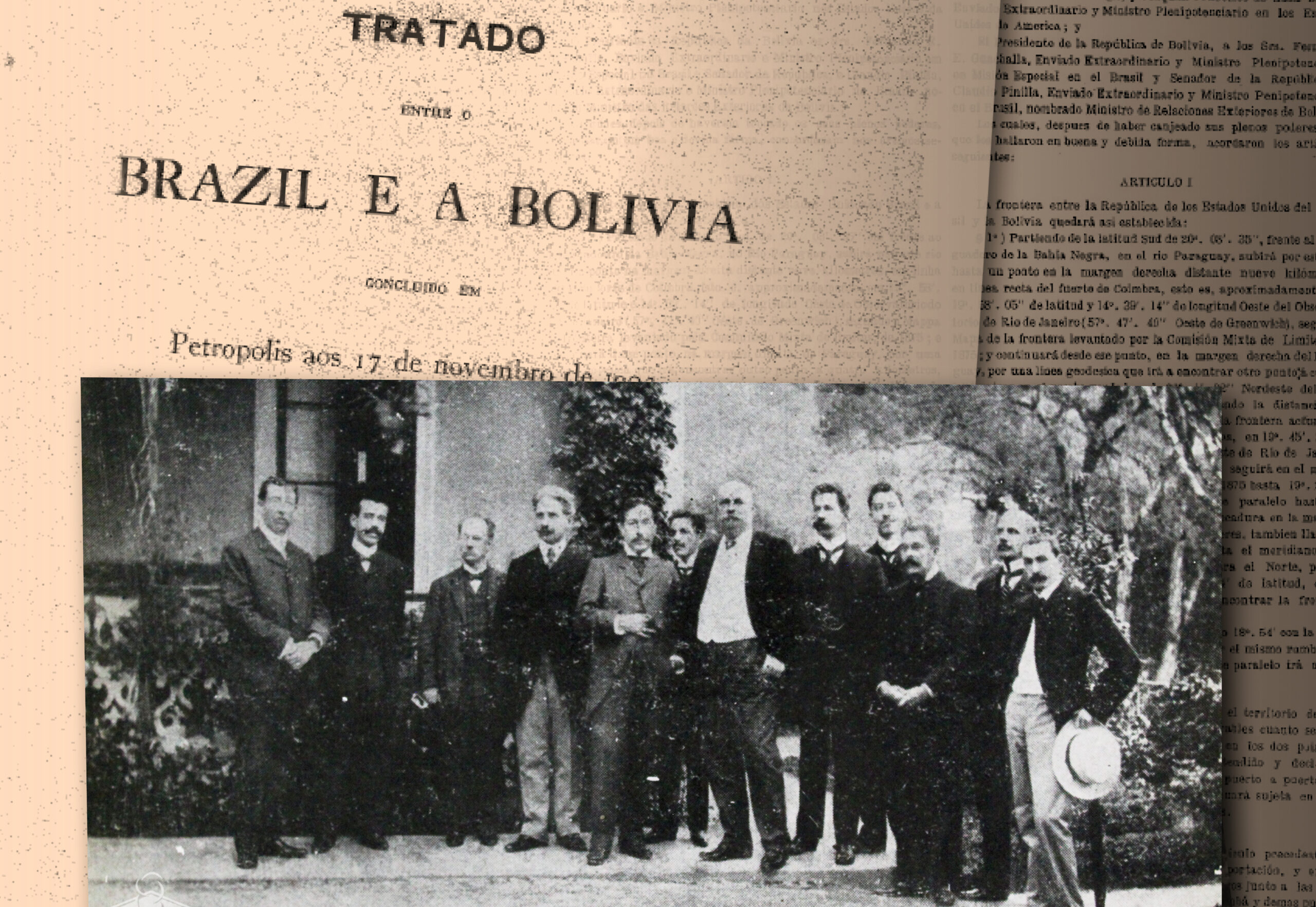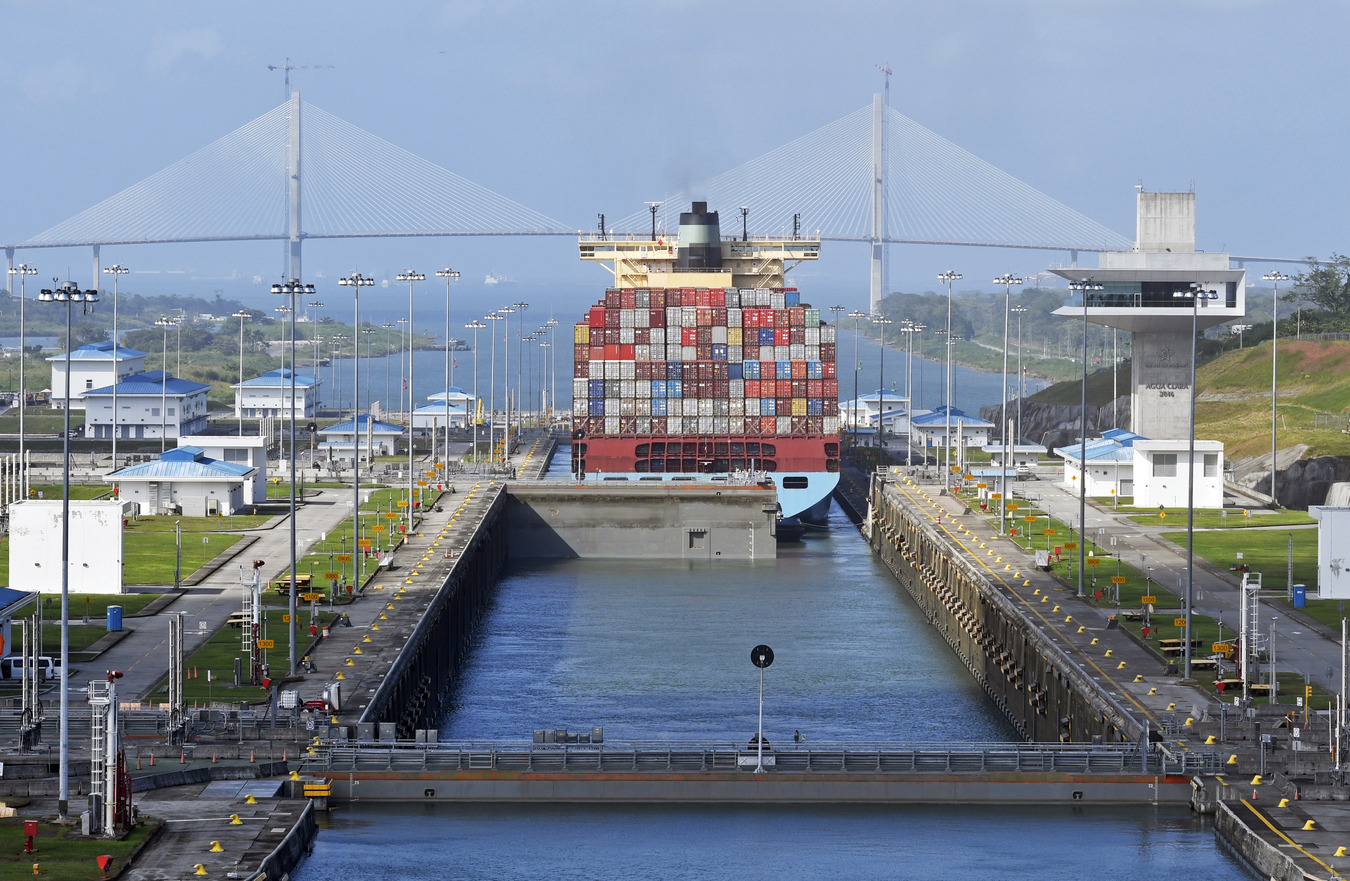Weekly Chart: Tracking Traffic and Transportation in Latin America
Weekly Chart: Tracking Traffic and Transportation in Latin America
Lima and Bogotá are the two largest cities in the region without metro systems.
It’s no breaking news that Mexico City regularly ranks as one of the most congested cities in the world. But that alone wouldn’t capture a related, commendable title: it also has the most high-performing metro system in Latin America, with both the largest volume of daily riders and highest usage rate. And, it’s the only city in Latin America with a metro system among the world’s 10 largest, right up in the ranks with Paris and Hong Kong. Of course, much of this is borne out of necessity: Mexico City has one of the biggest metro areas in the world at about 21 million.
A host of other Latin American cities—many similarly constrained geographically by mountains and the like—are also feeling the strain of underdeveloped transportation infrastructure as the region’s urban populations swell. Four in 5 people in Latin America and the Caribbean live in urban areas, well above the global rate of 1 in 2.
In 2004, Medellín famously became the first city in the world to inaugurate a cable car system as a mass transit option, a boon for the working class, which gained access to the city center of Colombia’s second-largest urban area. A decade later, the sprawling, vertiginous Bolivian sister cities of El Alto and La Paz built their own, carrying about 117,000 passengers daily from the 13,500-foot altitude altiplano down to the southern reaches of the capital, some 3,000 feet below.
At about 10 million residents each, Lima and Bogotá are the two largest cities in Latin America without a metro system. The World Bank is partnering with the Peruvian capital to replace an aging bus fleet that’s contributed to one of the world’s highest rates of urban pollution. Farther north, Bogotá’s flagship TransMilenio bus system carries 1.9 million riders daily, a ridership rate comparable to that of other cities’ metro systems—but one that’s actually gone down from 2 million in 2000.
Below, AS/COA Online takes a look at traffic and transportation around Latin America.
Gabrielle Rocha Rios contributed to this report.









